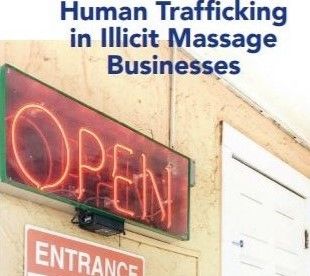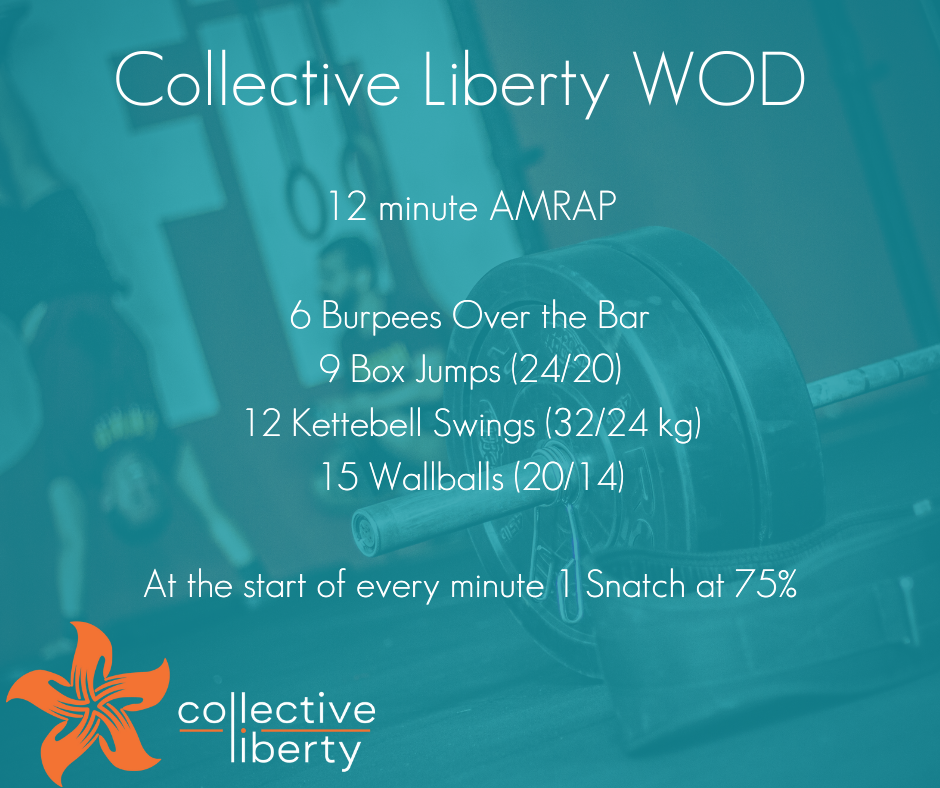Collective Liberty subject matter experts conducted 3 years field building around systems change work to eliminate massage parlor trafficking from the USA from which their national worm is based. Since founding Collective Liberty we have continued to track the progress of our work, and seen over 10% of the nation’s massage trafficking venues CLOSED as a result.
While at Polaris, Rochelle Keyhan, Collective Liberty, CEO and lead author of this report, and her team of subject matter experts, including founding board members of Collective Liberty, Veronica Buckley, and Meghan Carton created this report documenting their work disrupting massage parlor trafficking networks in the United States.
Full report is available upon request: info@collectiveliberty.org

Here are some important facts and statistics you should know about massage parlor trafficking.
9,000 businesses are currently open in the US with 2,5 million dollars revenue.
The average age of victims in IMB’s is 35-55 years, although we also have seen women all the way up to their 70s. Most women recruited have no more than a high school education and know very little or no English when they arrive in the United States.
Daily life in an IMB is physically grueling. Women are usually forced to live on-site or in housing provided by the trafficker — usually in the form of a single apartment or house shared by several victims. If a woman lives on-site, she is usually expected to be on-call for buyers whenever an IMB is open — which is anywhere between 15 and 24 hours a day. The physical and mental toll this takes slowly breaks them down.
IMBs violate labor laws in all 50 states by paying women in tips alone with no guaranteed hourly wage. Additionally, the women do not have a set schedule, but instead are always on call. They are not allowed to set any boundaries, and are forced to do whatever the buyer or manager asks without regard for comfort level. Their housing, and travel to and from the business, are typically also controlled, contributing to a lack of personal boundaries. Yet most are regulated through business regulations around massage licensing, which overwhelming across the nation focuses on behavior of the workers, with no standards or regulations for the business owners and operations. This lack of enforcement of basic labor rights laws in favor of only massage regulations empowers traffickers while leading to penalties for the potential victims.
Managers also charge women for breaking house rules like “don’t leave doors open” and “only eat certain foods” and even make women responsible for any money lost during a robbery, which contributes to an environment of control and climate of fear. Managers also control women’s access to their money, by offering to open bank accounts to “hold” it for “safe-keeping.” The women may initially perceive this gesture as a caring favor, but it cuts them off from any visibility into, or control of, their finances.
The vast majority of women reported to have been trafficked in IMBs are from China. The next highest group are women from South Korea.
Women in illicit massage businesses are isolated and provided with distorted information about business laws, human rights, legal rights, and cultural norms in the United States. For example, they are often told that there is only one kind of massage in the United States, implying that commercial sex is “normal” and they should expect no civil or criminal protections. Because most trafficked women are undocumented, they have intense fear around being deported, making immigration threats an extremely effective form of coercion. As an additional layer of control, traffickers often hold victims’ identification and immigration documents in a separate location.
Many immigrant women also bring with them a cultural unfamiliarity for and thus discomfort with hotlines, which are an uncommon processor resource in many populations around the world. Instead of a source of help, many view hotlines as a way for the government to collect information
Buyers at illicit massage businesses are rarely targeted by law enforcement and are rarely shamed, or even talked about, in the media. When buyers are referenced, it is also in a humanizing framework, describing their profession, families, and ties to the community. This same empathy is not afforded to potential victims, who are framed as sex workers or a negative impact on our communities. This framing and approach further disempowers victims while empowering the buyers and exploiters.
To learn more check out our CEO on the podcast on Crimes Against Women. In this first episode, she sheds light on labor and sex trafficking in massage parlors in the U.S








